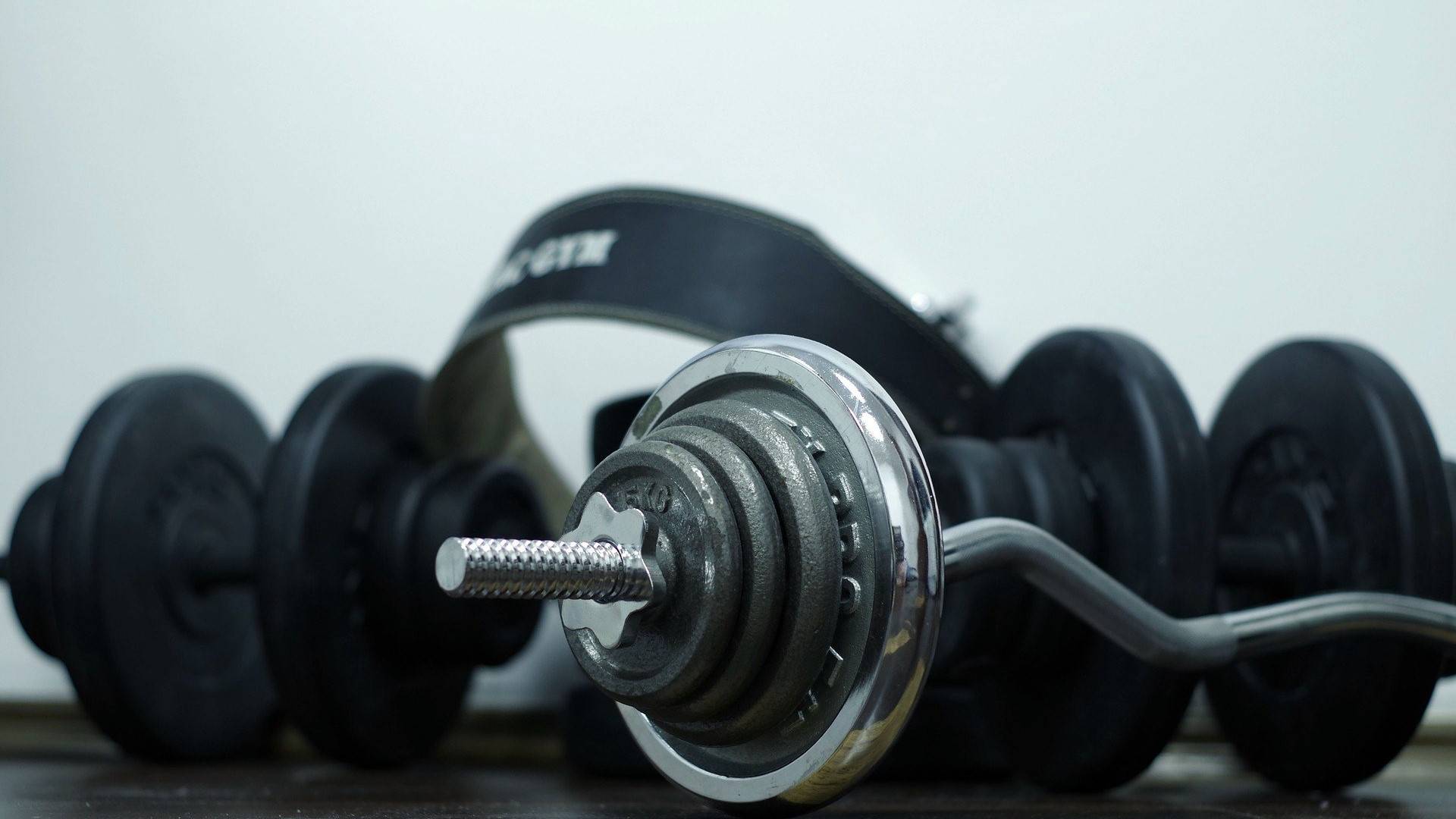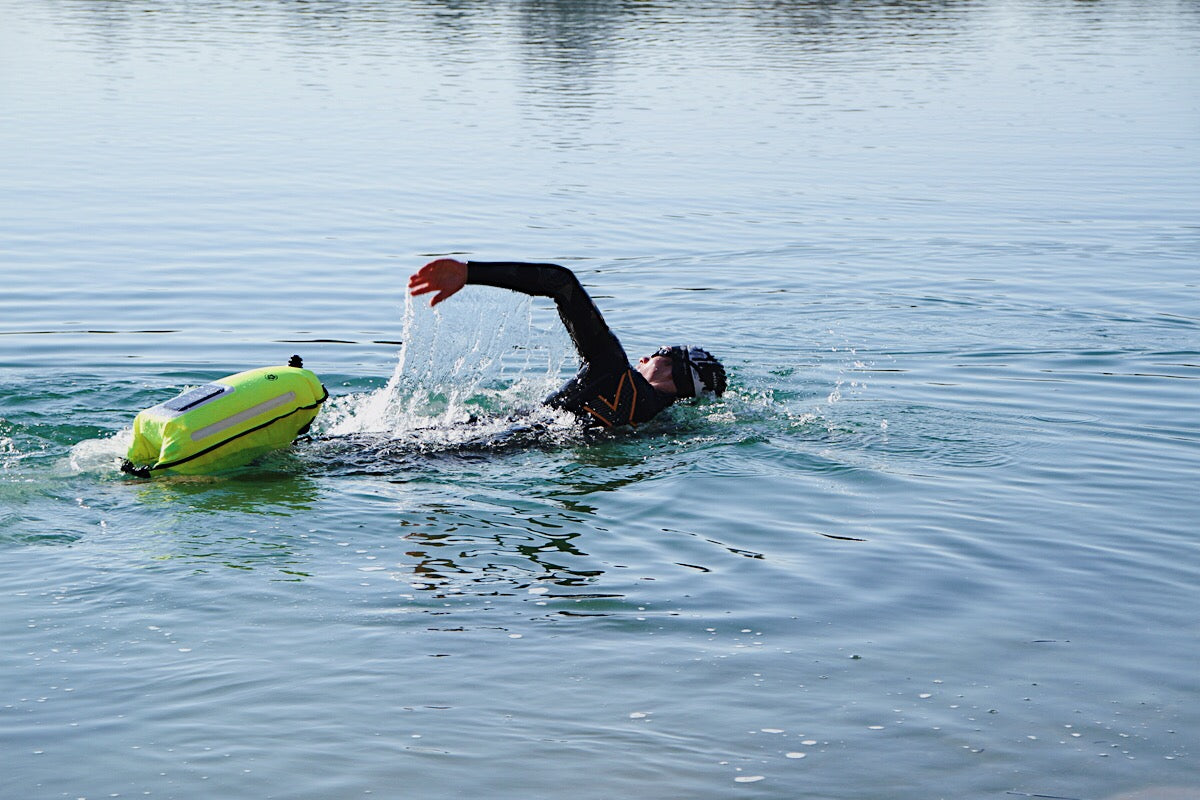Due to the large number of different loads involved in triathlon, almost the entire musculature is required and required there. Strength is a very important prerequisite for good performance. In order to train this, in addition to endurance units, targeted and specific strength training should also be included in your preparation plan. In contrast to machine training, the free weights have a great advantage for this. In addition to the trained muscles, stabilizing muscle loops are also activated, which leads to an improvement in coordination skills. Balance is also needed, and movement control and sequencing is more akin to the target movements required by running, cycling, and swimming.
Basic implementation instructions
- slow and even execution of the movements without momentum
- Squeeze your core muscles for stabilization throughout the exercise
- Breathing: No forced breathing, but exhaling during the strenuous part and inhaling when returning to the starting position
-
Depending on the desired training effect, adjust the number of repetitions and the length of the breaks
A notice:
- Start with a light weight and pay attention to correct execution
- A stool can also be used as an alternative to the weight bench
Exercise 1 - Bicep Curls (Seated)
Starting position and execution : Sit on a bench with your legs outstretched. The free arm rests on the thigh for support and the trained arm just above the elbow on the inner thigh for stabilization
Important : No hump or hollow back in the back and never fully straighten the elbow when lowering the barbell
What is trained : M. Biceps brachii (two-headed upper arm muscle)
Exercise 2 - Tricep Kickback
Starting position and execution : One knee is placed on a bench and the opposite arm is positioned on the bench for support. Now stretch the training arm backwards as far as possible and meanwhile remove as little as possible from the body.
Important : The basic position should be stably connected to the bank. The torso is tensed to stabilize it and the back is kept straight. Don't bend your wrists, see them as an extension of your forearm.
What is trained : M. Triceps brachii (three-headed upper arm muscle)
Exercise 3 - Triceps Extension (lying)
Starting position and execution : The back is placed on a flat bench and the legs can also be placed on the bench to avoid a hollow back. The dumbbell is now gripped with both hands and only the elbows are bent and extended.
Important : Throughout the exercise, keep your upper arms in one position and your core muscles tight
What is trained : M. Triceps brachii (three-headed upper arm muscle)
Exercise 4 - bench press
Starting position and execution : Lay your back on the weight bench in such a way that the bar is at eye level and you can grip it a little more than shoulder width. The weight is now lowered towards the chest in a controlled manner until the arms are approximately at bench height. Do not straighten your elbows when lifting
Important : tense your torso muscles and put your legs back on the bench if you have a hollow back to avoid this. Don't bend your wrists, keep them stable.
Note: This exercise can also be easily performed on the floor
What is trained : M. Pectoralis Major (large pectoral muscle)
Exercise 5 - lateral arm raises
Starting position and execution : Position your legs about shoulder-width apart and bend your knees slightly. Tighten your torso muscles and now raise your almost stretched arms to shoulder height.
Important : Ensure a stable basic position and carry out the movements slowly and in a controlled manner.
What is trained : M. deltoideus (deltoid muscle)
Exercise 6 - Shrug/Roll
Starting position and execution : Stand shoulder-width apart with slightly bent knees. Choose relatively high weights for this exercise and raise your shoulders as high as possible. Alternatively, perform circular movements up and back. The arms remain straight throughout the movement.
Important : Keep the basic position stable and your torso muscles tense.
What is trained : M. trapezius (hood muscle)
Exercise 7 - lunge with dumbbells
Starting position and execution : From an upright position, perform a forward lunge while bending and stretching the moving leg. Meanwhile, hold the dumbbells close to your body and keep your arms straight.
Important : Keep the basic position and balance stable. The intensity of the exercise can be controlled by the distance of the lunge.
What is trained : M. Glutaeus maximus (gluteus maximus) and M. Quadriceps femoris (four-headed thigh muscle)
Enjoy the training!




















